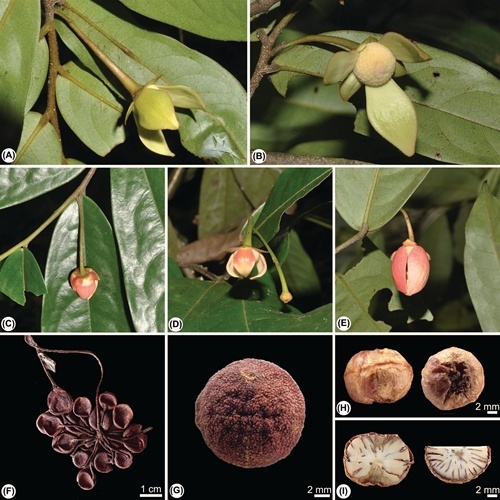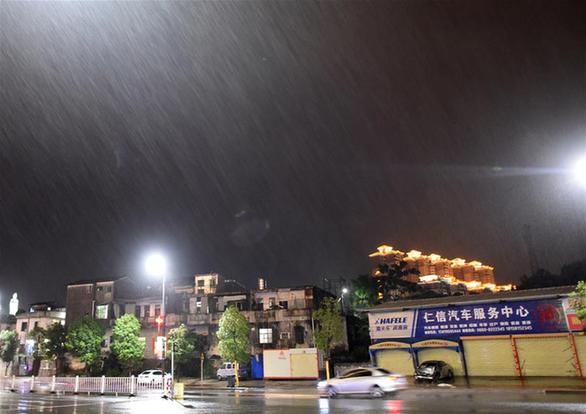Thousands evacuated after typhoon hits south China
Nearly 70,000 people have been evacuated after Mawar, the 16th typhoon this year, made landfall in Guangdong Province on Sunday night.
At least four cities, Zhuhai, Zhongshan, Dongguan and Shenzhen, activated red alerts for heavy rainfall, the highest warning level, on Monday.
Zhuhai flood control headquarters ordered all schools to be closed as heavy rain continues to batter the city.
Typhoon Mawar made landfall in the city of Lufeng in Guangdong on Sunday night, bringing heavy downpours to the area.
Some 10,000 fishermen returned to shore ahead of the typhoon’s arrival. Another 57,120 people were evacuated from low-lying areas.
The Guangdong provincial flood control headquarters warned of possible flooding and landslides.
Provincial maritime authorities have ordered rescue vessels to be on standby for emergency response.
China’s National Meteorological Center (NMC) issued a yellow alert for rainstorms on Monday. Some regions will receive up to 200 millimeters of precipitation, the NMC said.
Mawar is the third typhoon to make landfall in Guangdong in the last two weeks following typhoons Hato and Pakhar.
China has a four-tier color-coded weather warning system, with red the most severe, followed by orange, yellow and blue.

